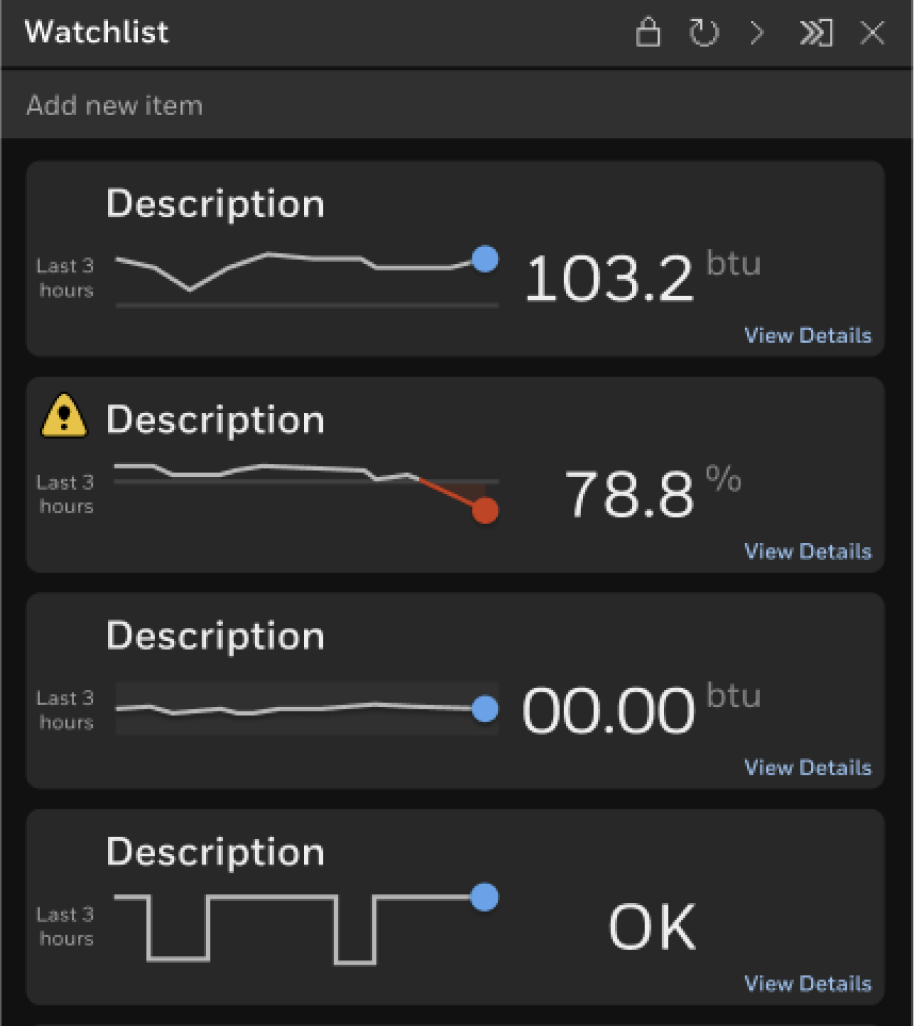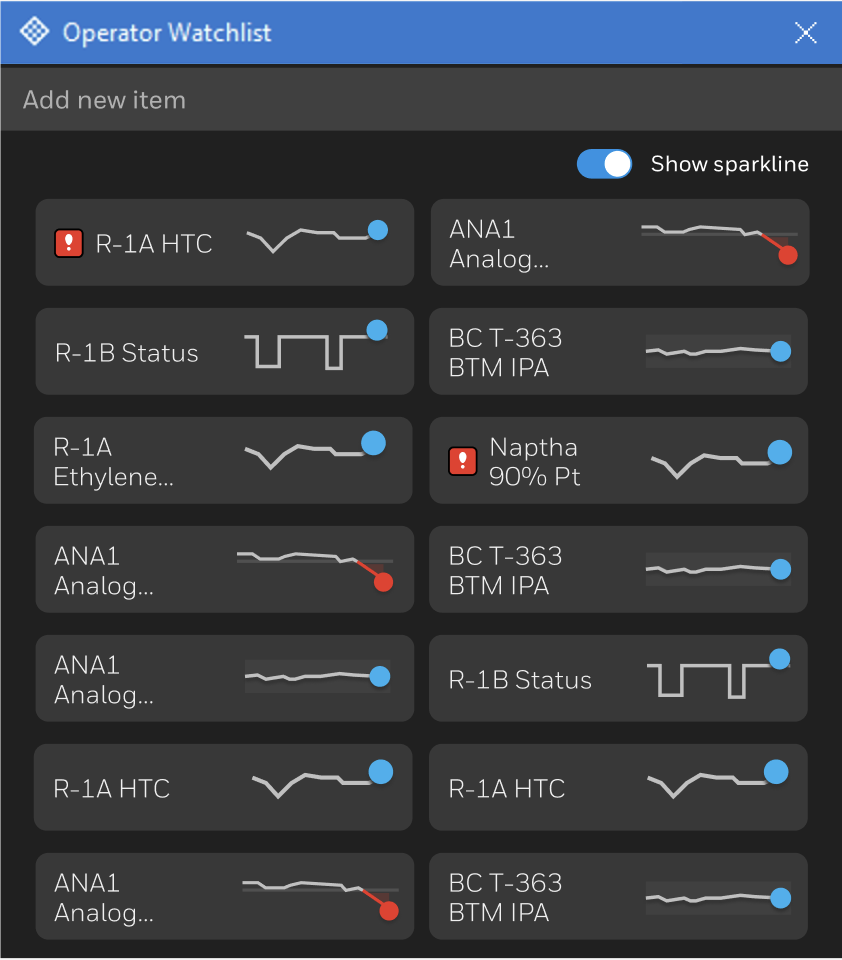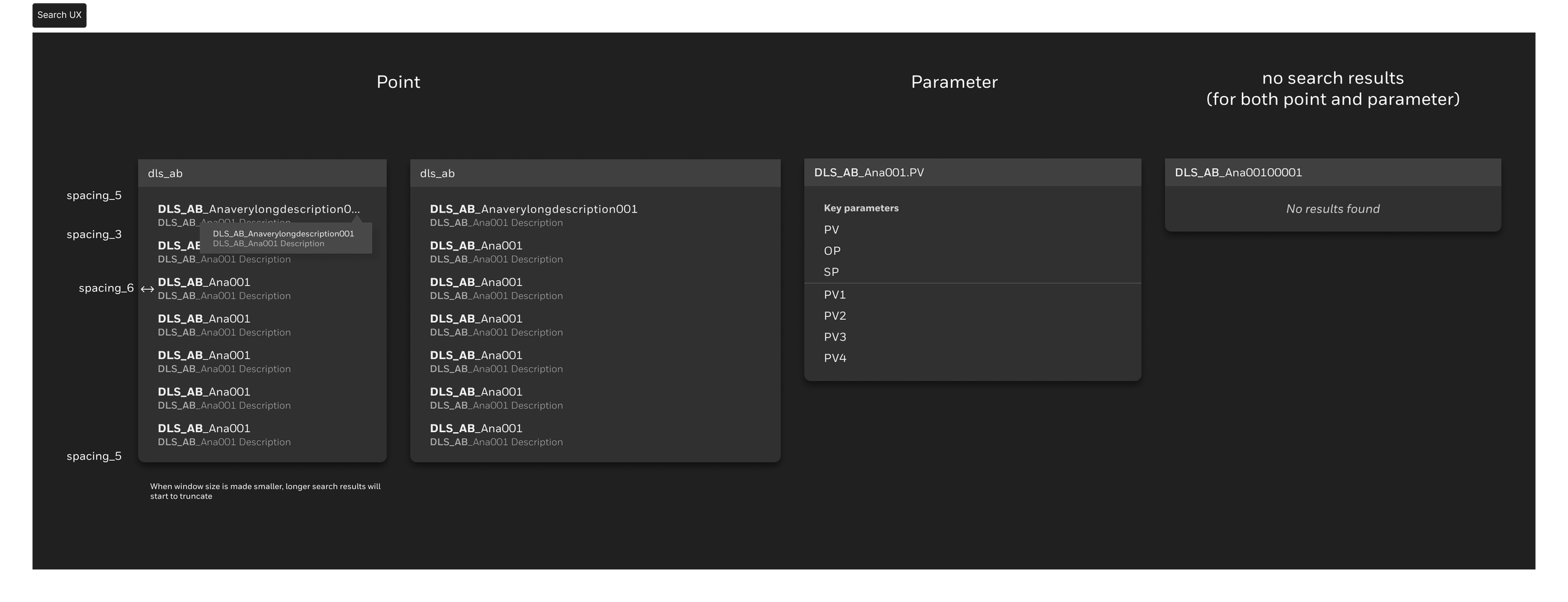crafting complex systems
A peek into my UX design journey at Honeywell, designing in the industrial technology space.
my journey
Going from being a sole designer at a start-up to designing for complex systems at a Fortune 100 corporation was a significant shift in trajectory. I was eager for new challenges and more opportunities to learn from senior designers - which wasn’t present in my previous role. Throughout my 2 years at Honeywell, I was tackling complex problems and finding innovative solutions to elevate user experiences in a fascinating industry. This journey has been immensely rewarding, reaffirming my passion for crafting impactful designs.
hands-on experience
The Operator Watchlist was the first of many exciting projects on my radar. It was a feature and enhancement for Experion - a Honeywell control system that originated in the 1970s, redesigned to be the first enterprise-wide solution to operations in industrial plants. The Operator Watchlist was an idea that was selected by the user input subcommittee which highlights the demand for the feature.
It allows an operator to continuously monitor critical parameters in one display, removing the need to navigate to multiple displays to find the same information.
Putting learnings into practice
At Honeywell, we utilised the double-diamond design process. From the user input subcommittee we disovered that the users wanted a feature that held all the critical parameters they needed to see on a day-to-day basis in one space. Through this need, the following experience outcomes were defined to help drive our design.
Experience Outcomes
1: Continuously monitor critical parameters
2: Prevent process upsets and trips
3: Update critical parameters on the fly
During the development phase, I went on learning to understand the needs, existing pain points and designing multiple concepts of the watchlist:




Through multiple sessions of usability testing with users of different experience levels and familiarity with the industry, I was able to iterate and narrow down on a design that fit the scope of the release as well as be able to satisfy the the user’s end goals.
As a designer, I have learnt and practiced the developer-handoff process at Honeywell. I ensure there is a collaborative review before handing off the design documentation. This helps clarify any ambiguities, address technical considerations, and ensure alignment between the design and development team. We use Figma for high-fidelity prototypes and design specs, and Confluence for design documentation.
reflection
Reflecting on my two-year journey as a UX designer at Honeywell, I am filled with a profound sense of growth and accomplishment. From the moment I stepped into this role as a graduate, I was met with a dynamic environment that continuously challenged and inspired me. Over the course of these two years, I have honed my problem-solving skills, delving into the complexities of the industrial world. Working alongside senior professionals has been invaluable, offering me insights and mentorship that have accelerated my professional development. As I reflect on this journey, I am grateful for the opportunities I've had, the lessons I've learned, and the contributions I've made to enhancing user experiences in such a fascinating sector.






